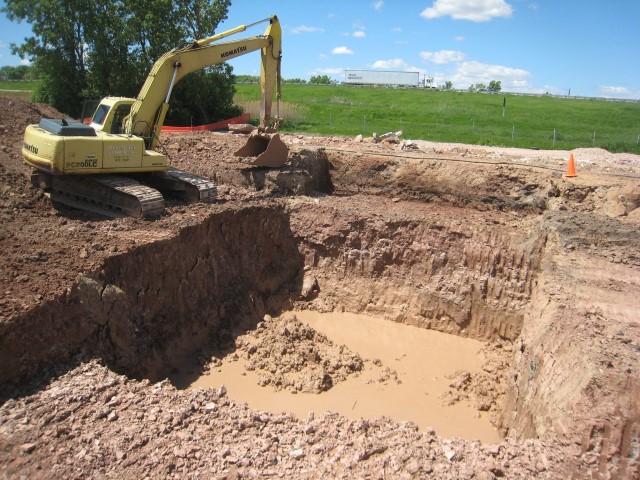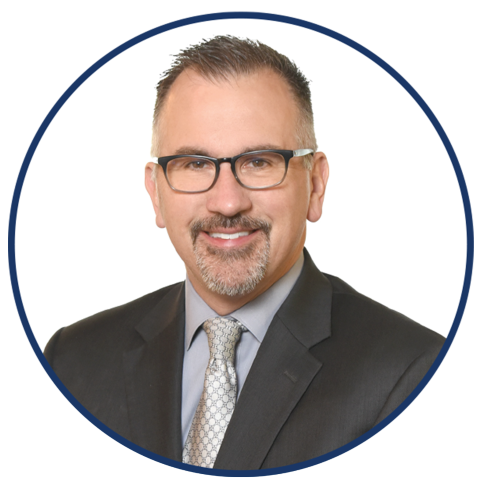Contaminated land remediation: Choosing a solution
Industrial activities such as manufacturing, mining, oil and fuel dumping, fertilizer application and improper waste disposal may contaminate the natural soil environment. The resulting heavy metals, organic and inorganic compounds, petroleum hydrocarbons, polychlorinated biphenyls (PCBs) and pesticides present in the soil pose potential health risks to the local community through direct contact, contaminant vapors or even secondary contamination of water supplies.
The U.S. Environmental Protection Agency (EPA) categorizes these contaminated areas as Comprehensive Environmental Response, Compensation and Liability Act, Resource Conservation and Recovery Act (RCRA), Toxic Substances Control Act (TSCA) and brownfields. Superfund sites denote severely contaminated land with known or threatened releases of hazardous pollutants, as listed in the EPA National Priorities List (NPL). Superfund site remediation is managed and funded solely by the agency or a responsible party. RCRA and TSCA remediation sites are regulated and work is completed by the responsible parties. Brownfields are not regulated, on the other hand, and include former industrial or commercial sites where the residual contamination after cleanup does not pose an environmental or public health risk. Municipalities can redevelop contaminated brownfields into community assets. The primary question for civic leaders is how to choose the most effective method for contaminated land remediation.
Common methods of contaminated land remediation
Determining the nature of a site's contaminants is the first step toward deciding the course of remediation. Analysts can examine the soil, groundwater and soil gas samples with standard lab tests or complex technologies, such as gas-chromatograph mass spectrometers, to discover any contaminants.
Once a site's contaminants have been determined, you'll need a remediation solution that complies with federal and state environmental regulations. Contaminated land remediation technologies include chemical oxidation, chemical reduction, barrier, stabilization, bioremediation, phytoremediation, soil vapor extraction, thermal and excavation.
Chemical oxidation
Many contaminants can be chemically oxidized for treatment on affected sites. There are many readily available oxidants such as permanganate, persulfate or hydrogen peroxide and many proprietary products available. Chemical oxidation delivery can be injected into the subsurface for in-situ (in place) chemical oxidation (ISCO). Injection in dense clays will not deliver the oxidant uniformly in the subsurface so soil mixing is typically used to blend the oxidant with the impacted soils.
Chemical reduction
A number of contaminants can be treated in place (in-situ) or ex-situ with chemical reduction. The key is creating strong reducing conditions on the impacted media and sustaining the conditions for months or years in some cases. Typical reagents are proprietary and can be injected or mixed into the impacted media.
Barriers/Caps
In many cases a risked based approach is used for setting remediation requirements. Removing contact is a common solution and barriers of soil, pavement of even a building are often used to provide protection for modestly impacted soils.
Stabilization
Metals-impacted soils can leach contaminants at toxic levels. If the leaching can be reduced it changes the concern about the impact. There are reagents that will bind up the metals so leaching is dramatically reduced and eliminates the toxicity. A cap can then be used to protect from physical contact with the soil.
Bioremediation
Bioremediation is an effective method for sites with contaminants such as Volatile Organic Compounds (VOCs) and oils. Certain biological microbes can thrive in an anaerobic environment and use contaminants as the source of food and energy. When released into the soil, such microorganisms can turn the aerobic subsoil to anaerobic by breaking down contaminants present in groundwater, soil, sludge and solids. Compared to other cleanup methods, bioremediation creates relatively few harmful byproducts and is less disruptive for the local community.
Phytoremediation
Phytoremediation uses plants to break down soil contaminants such as fertilizers, pesticides, explosives, heavy metals, solvents and petroleum products. The plants are then either disposed of or harvested. Plant-based remediation strategies are widely accepted as cost-effective solutions providing an alternative to more destructive soil procedures. However, this method can remove contaminants only from the top layer of soil within reach of the plants' roots.
Soil vapor extraction
In soil vapor extraction, the vadose zone of soil is vacuumed to remove volatile and some semi-volatile organic contaminants. Often, the technique is combined with air sparging, which injects oxygen into the contaminated soil through an aquifer. The injected air travels through the soil column and helps flush contaminants into the vadose zone by volatilization. Introducing air into the soil also facilitates the bioremediation of contaminants.
Although the treatment time for soil vapor extraction is shorter than other land remediation methods, treating the atmospheric discharge of extracted vapors can be costly. Also, air emission permits may be required to deploy this method.
Selecting the right remediation solution
Choosing an effective remediation method that fits your budget can be challenging, as remediation strategies range from simple soil washing processes to advanced nanotechnology solutions. An experienced environmental consultant can provide end-to-end assistance when determining and implementing an appropriate land remediation strategy. Additionally, a consulting partner can help your municipality locate, secure and manage additional grant funding.
The experienced team of environmental specialists, engineers, landscape architects and community development specialists at Fehr Graham have helped communities successfully redevelop contaminated sites since the 1970s. A few of our contaminated land remediation projects include:
To remove the fuel spill from the frozen ground of a gravel parking yard in Oshkosh, Wisconsin, our team formulated a spill response plan and applied absorbent clay to soak up the pooled gasoline while scraping and stockpiling the contaminated soil on site. To minimize disposal charges, we obtained permission from the local landfill to reuse the soil as daily cover.
We excavated nearly 103 tons of contaminated soil from the site for reuse in the landfill. The timely spill response by Fehr Graham helped save significant money and resulted in the closure of the spill case by the Wisconsin Department of Natural Resources.
Designing remediation strategy for a former dry cleaning operations site in Mendota, Illinois
The City of Mendota, Illinois, hired Fehr Graham to investigate potential asbestos contamination at the former site of a dry-cleaning business. We conducted a Phase I Environmental Site Assessment (ESA) that highlighted two Recognized Environmental Conditions (RECs). The presence of asbestos in building materials resulted in the demolition of the building and proper handling and disposal of the asbestos-containing materials.
The Phase II ESA by our team has confirmed further contamination in groundwater, soil and soil gas. As a result, we are working with the City to design a remediation plan and enroll the site in the Illinois EPA Site Remediation Program.
Excavating contaminated soil in Green Bay, Wisconsin
A former commercial laundry service site in Green Bay, Wisconsin, was identified with high levels of drycleaning solvent in the soil and groundwater. After the City decided that demolition was the most effective remedy, Fehr Graham excavated the site and removed 3,000 tons of contaminated soil.
High soil contaminant levels and the associated disposal costs led to further soil treatment with a carbon amendment and Fenton's Reagent. The treatment successfully eliminated hazardous wastes from the soil, making landfill disposal cost-effective. Following excavation, we completed a groundwater containment trend assessment that approved an additional excavation of 1,000-2,500 tons of soil.
In addition to assisting communities with civil engineering, structural engineering and environmental services, Fehr Graham helps municipalities secure funding for land remediation through grant writing and management. Our goal is to provide your municipality with an all-inclusive solution for your contaminated land remediation needs.
Fehr Graham provides innovative engineering and environmental solutions for contaminated land remediation. Contact Us to learn more about our services, or give us a call at 815.394.4700.
Collaborative, Insightful, Results-Driven Solutions
Fehr Graham provides innovative engineering and environmental solutions to help improve the lives and communities of our customers.


